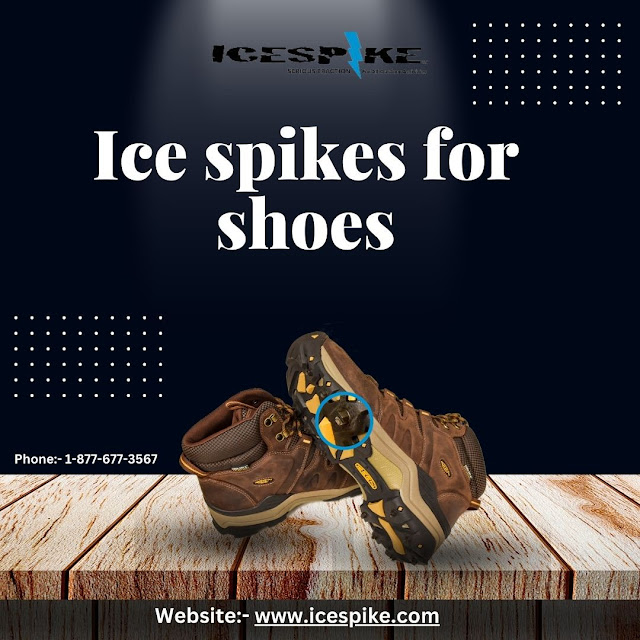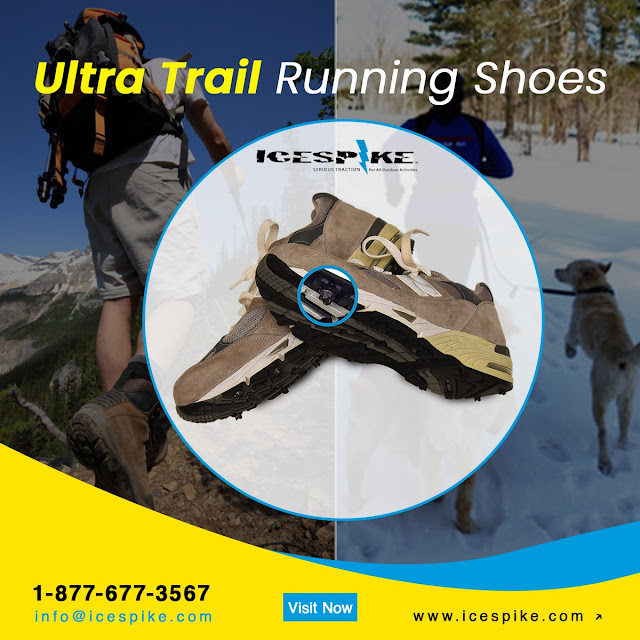How To Avoid Common Mistakes When Buying Shoe Spikes?

If you love running or hiking and want to stay steady on slippery surfaces then shoe spikes are just what you need. These little metal pieces are attached to the soles of your shoes to give you more grip and keep you stable. But if you are not sure how to pick the right ones then buying them can be a little tricky. Our article will help you to know how to avoid common mistakes when getting shoe spikes. Why Do You Need Shoe Spikes? Before we get into the common mistakes to avoid let's first discuss the importance of shoe spikes. These invaluable accessories help to improve grip and traction on slippery surfaces including ice, snow, and wet terrain. Whether you enjoy winter hiking, trail running, or simply walking around your neighborhood, shoe spikes can significantly reduce the risk of falls and injuries. Common Mistakes to Avoid When purchasing shoe spikes, it is easy to make mistakes. Here are a few easy points to help you avoid common mistakes: B...
